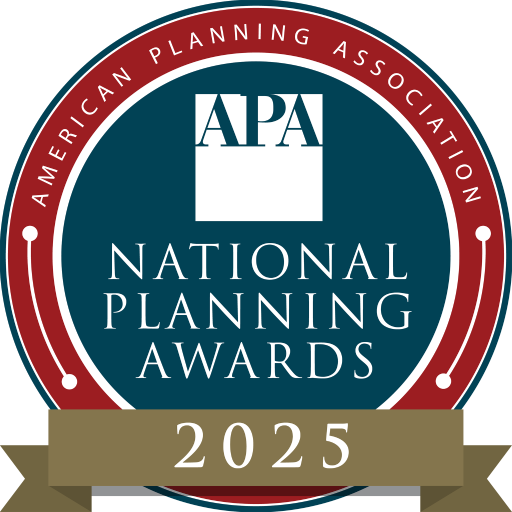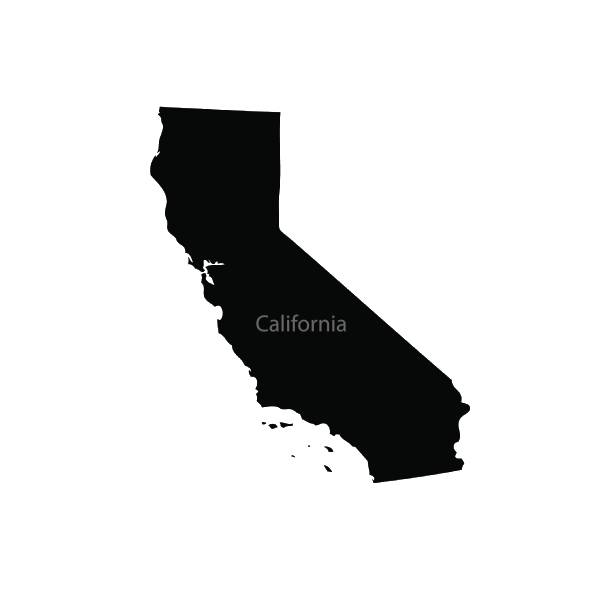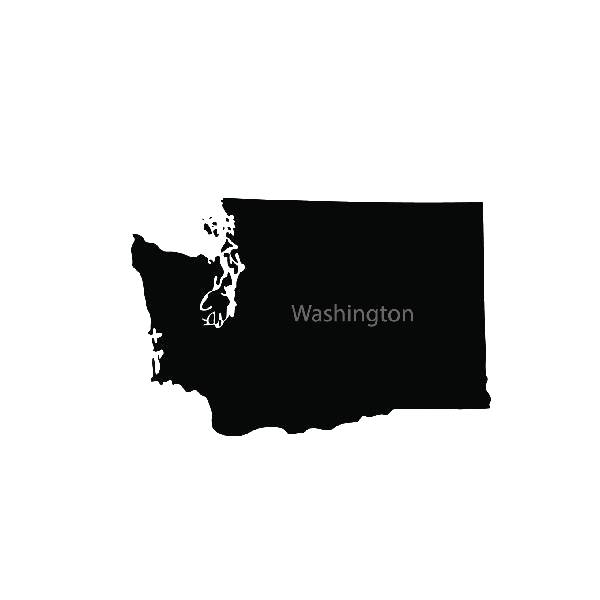CWPC provides professional trainings focused on land use planning for wildfires, structure ignition zone property assessments and mitigation, and related concepts. We are honored that the Introduction to Land Use Planning for Wildfires training program received the American Planning Association’s 2025 Resilience & Sustainability National Planning Award.
Training courses and availability are frequently updated. Choose a location below to view current training opportunities.


California Trainings
Go

Washington Trainings
Go
